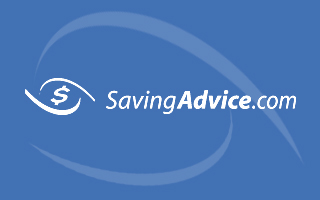I’ll assume you’re reading this post because you’d like to become debt-free as fast as possible. Who wouldn’t? This post will tell you exactly how to do just that. But keep in mind, getting rid of debt quickly is not easy. It takes great focus and will power. These two factors are essential. What’s not essential is keeping your emotions on your shirt sleeve. Meaning, you’ve got to be tough to conquer debt! There’s no crying in baseball debt payoff!
When I write about paying down debt quickly, remember throughout that you need to be tough. Talking about debt isn’t for fussy people. Your only emotions should be focus and will power. They are essential for doing what’s necessary to put debt in the rear view mirror.
Debt Snowball vs. Debt Avalanche
The snowball debt repayment method means you pay off your debts from smallest to largest. However, that’s mathematically incorrect. It makes no logical sense. I’m not sure it makes any emotional sense either. A person always has the greatest will power when beginning a task. You should focus and early will power on doing the most good. It’s like when going through a list of tasks, it’s best to get the hardest stuff out of the way first.
The method you want to use instead is the avalanche method. Using the avalanche method means paying down the highest-interest debts first. It’s smart because you’re attacking what is hurting you most. This is important.
Allow me to paint a picture. If you were stuck in a forest, what which would you attack first, the striking snake or the bird that keeps pecking at your hair? I’m gonna kill that snake so I don’t die. The bird can wait until the snake battle gets finished.
Although… the snake battle is probably a little dramatic. Depending on your situation, you may not save that much information by going with the avalanche method. But it will be a significant amount. You’ll have to run the numbers for yourself but it’ll probably come out to something like $2,000 gained (based on the average American’s debt levels) every 5 years by using the avalanche method. But yes, to me, $2,000 is still a significant amount of money. It should be to you as well, especially consider you’re in debt.
Debt Repayment Is a Rally, Not a Race
That initial will power will wear off. Eventually, your debt repayment plan will become routine. But that’s a good thing. It’ll be set on autopilot. You’ll be able to focus on earning money instead of worry about how large your budget burden is growing.
If for some reason life takes a nasty turn, you’ll want to be ready. Keep ready by always having a fully funded emergency fund. This can be anywhere from $1,000 in liquid funds to 9 months’ worth of expenses. Do whatever feels comfortable. During this time, make sure to communicate with your creditors! Don’t leave them in the dark. Explain the situation. They would much rather you tell them than have you just randomly slow down the debt repayment.
Good luck using the avalanche method. It will serve you well.
I’m a personal finance freelancer writer and website manager. Feel free to connect with me at firstquarterfinance.com.





Comments